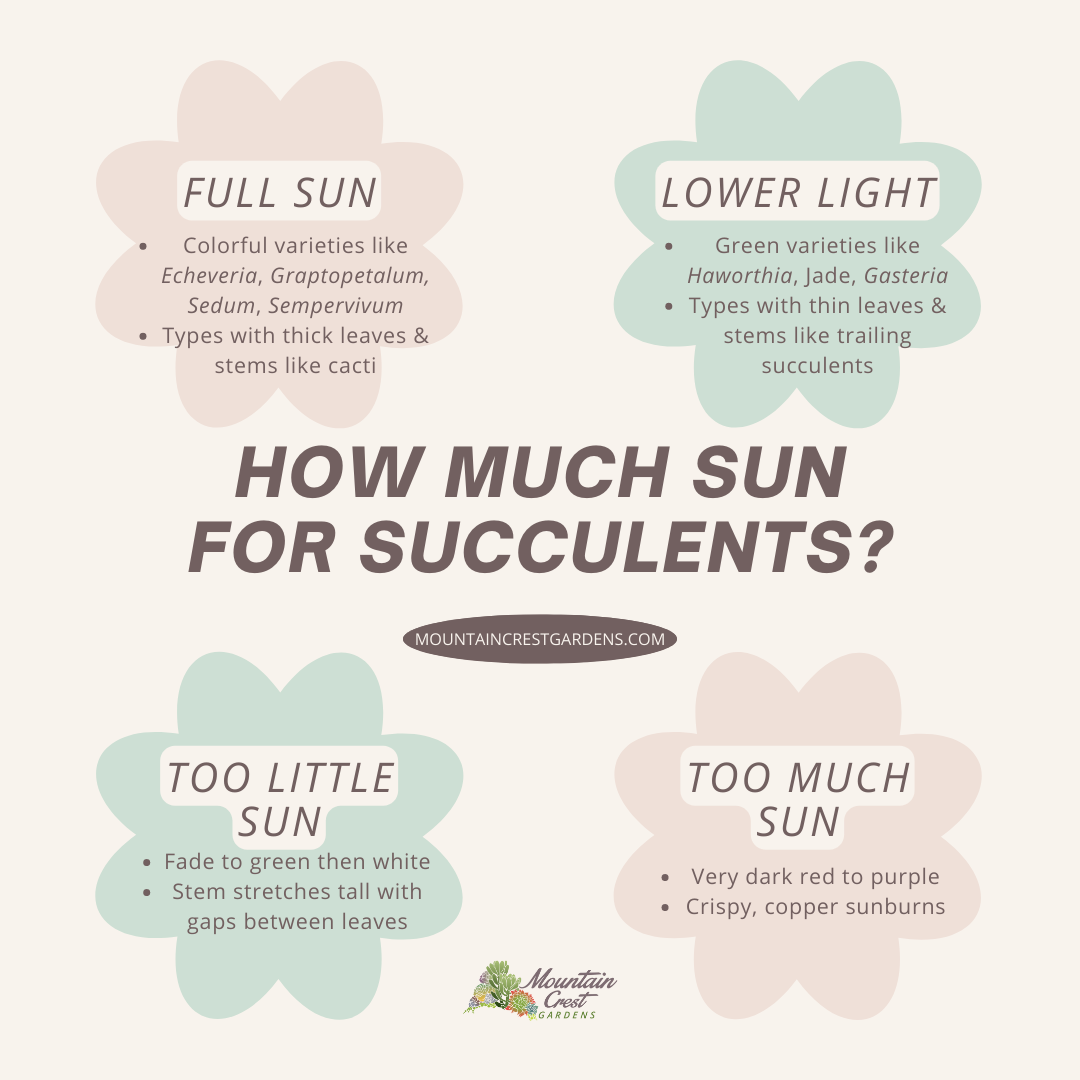How Much Sun for Colorful, Healthy Succulents?
Quick Read
- Succulents are living, growing plants and they do need sunlight to survive
- In general, succulents like lots of sunshine, but there are types that can tolerate lower, indoor light
- It's helpful to know how a succulent looks when it's getting too much or too little light so you can move it into better lighting
Here's the quick and dirty on succulents and sunlight!
CONTENTS |
Finding the right light for your succulents
Succulents ordered from Mountain Crest Gardens come with name tags or ID legends. This makes them easy to find on our site where every plant has "Recommended Light Conditions" listed.
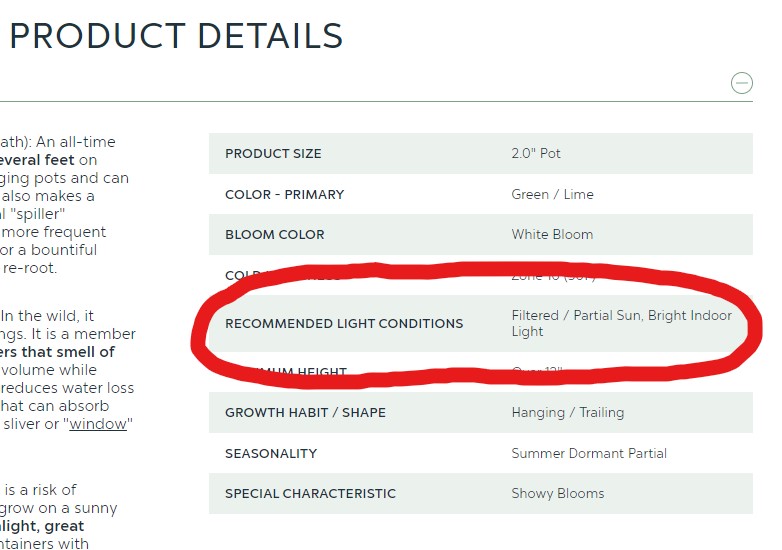
|
If you don't know the name of your succulent, you can make inferences based on the color and form of your plant.
Need Full Sun & South-Facing Sills:
- Colorful varieties with pink to purple tones like Echeveria
- Types with thick leaves or stems like cacti
Tolerate Lower Light:
- Green types like Haworthia and Jade plants
- Succulents with thinner leaves and stems like the trailing "Strings of Things"
What do full sun and lower light actually look like?
A succulent that can tolerate low, indoor light can still be in a room with a sunny, south-facing window, it just doesn't need to be right next to it. Alternatively, place these types near windows that only get dappled light or a few hours of sun.
Pro Tip: Windows filter out a lot of the light plants need, but our eyes adjust for it. A room that seems well-lit to you can actually be pretty dark for a plant, so try to keep them near windows.
Succulents listed as needing bright, indoor light should be right on a sunny sill. For most people, this means a south-facing window. If you're having trouble finding enough sunlight for these indoors, you’re not alone! A Succulent Grow Light can be a great way to supplement your natural light.
If you have a variety that needs filtered / partial sun, look for moderate outdoor sun. Try areas with dappled light or a spot that gets morning sun and afternoon shade.
Succulent types listed as needing full sun should be outdoors in direct sun for at least five hours per day.
All the succulents at Mountain Crest Gardens have more than one of these tags as their "Recommended Light Conditions". That's because plants can tolerate a range of light levels and it varies depending on if the plant is indoors or outdoors.
These guidelines are a great place to start, but your plant will also show you if it needs more light or less.
Signs of too little light & what to do
Too little sunlight is one of the most common issues people have when growing succulents. It's known as "etiolation". In response, a plant will stretch in search of more light and you will see:
- Leaves open wide and turn downward
- Stem stretches upward with gaps between the leaves
- Vibrant pigments fade to green and eventually go pale and white
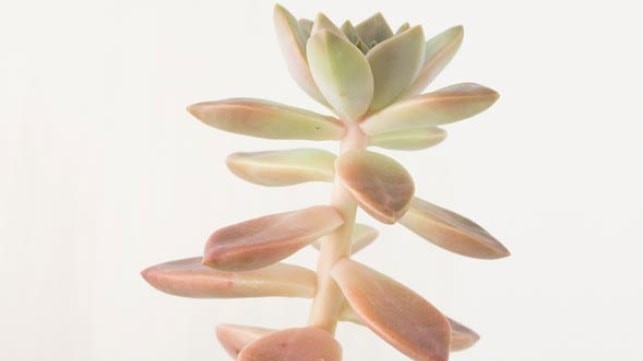
What to do when you see this? Gradually move the succulent into brighter light over the course of 1-2 weeks so it can slowly acclimate to the sun. Moving a plant immediately into more light can cause permanent sunburns.
If you order succulents from Mountain Crest Gardens, they ship to you in a dark box. That’s why we also recommend you take 1-2 weeks to gradually move them into brighter light after delivery.
Signs of too much light & what to do
Extra sunlight is a safe, easy way to bring out vibrant colors in your succulents. But when taken too far, it can overstress your plant and lead to permanent sunburns. Here's what to watch out for:
- Leaves turn very dark red to purple tones
- Leaves look washed out and bleached
- Blotchy, copper sunburns appear, often while leaves are dry, crispy, and falling off
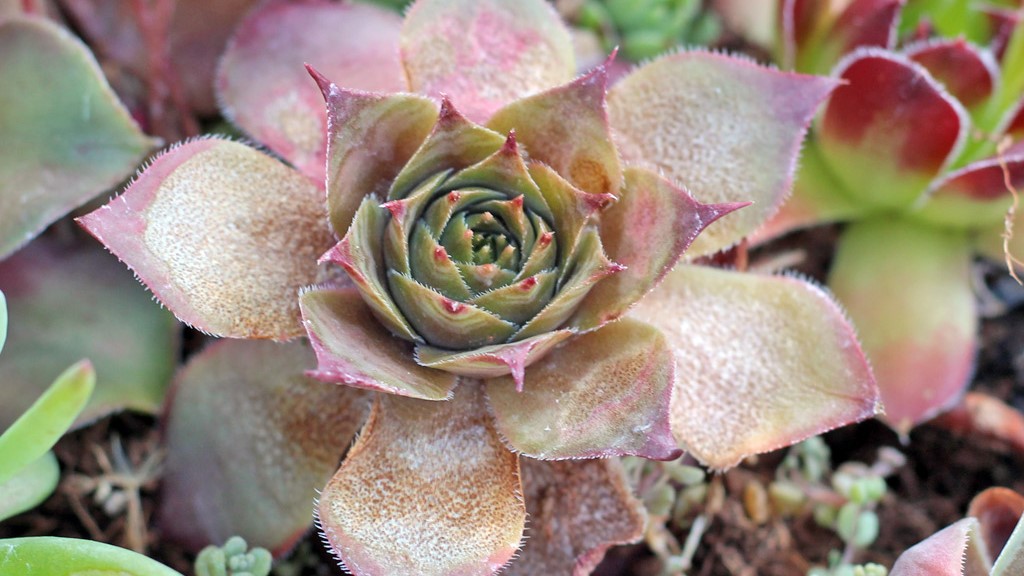
If your succulent shows signs of too much light, you can move the plant immediately to a less sunny spot. Unlike an etiolated plant, a scorched plant does not need gradual acclimation. You will also likely need to water deeply, since sunburn is often coupled with heat and drought.
Got more questions? Feel free to reach out to us at mountaincrestgardens.com/contact. We love talking plants!

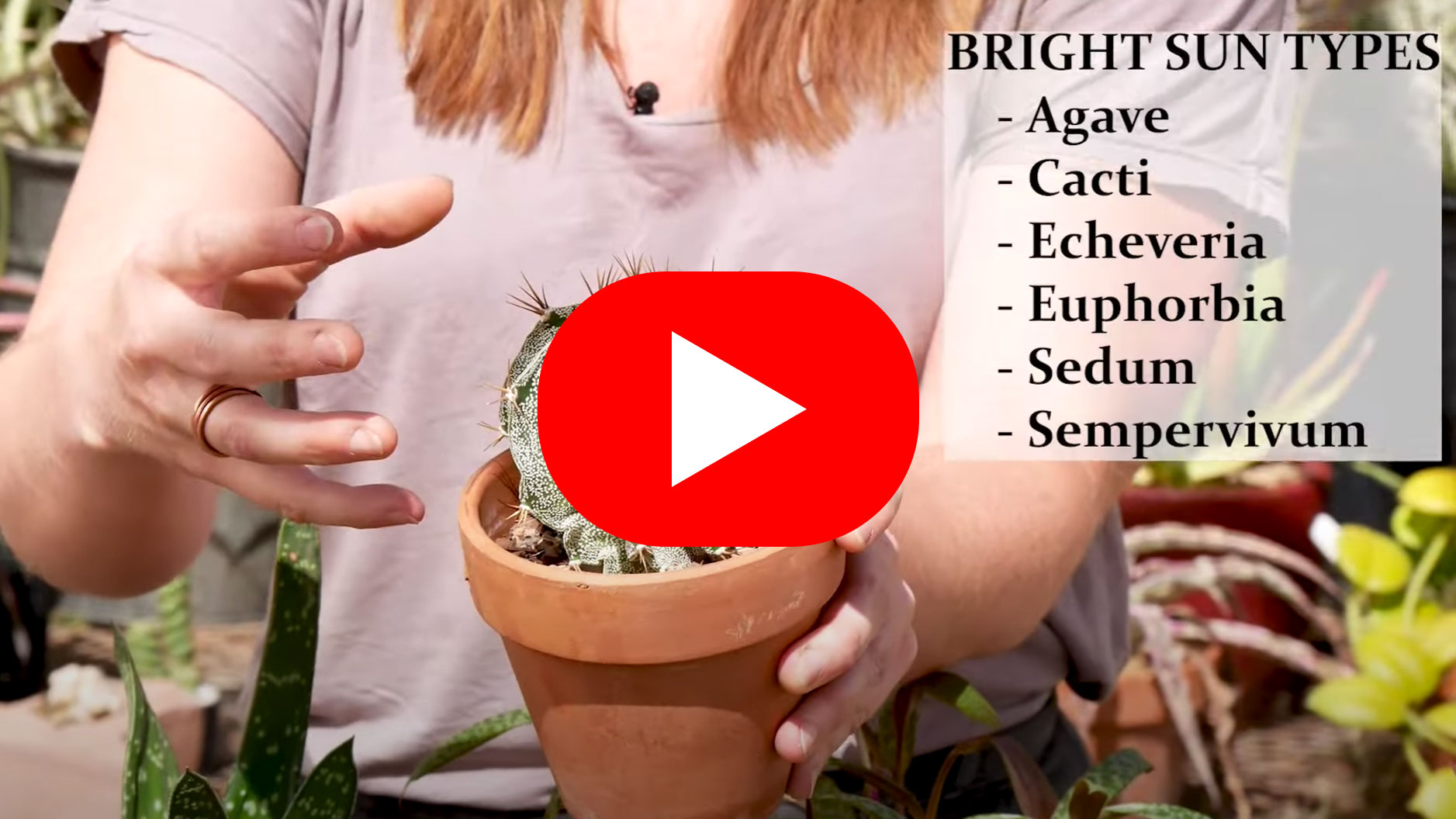 Play Video
Play Video
